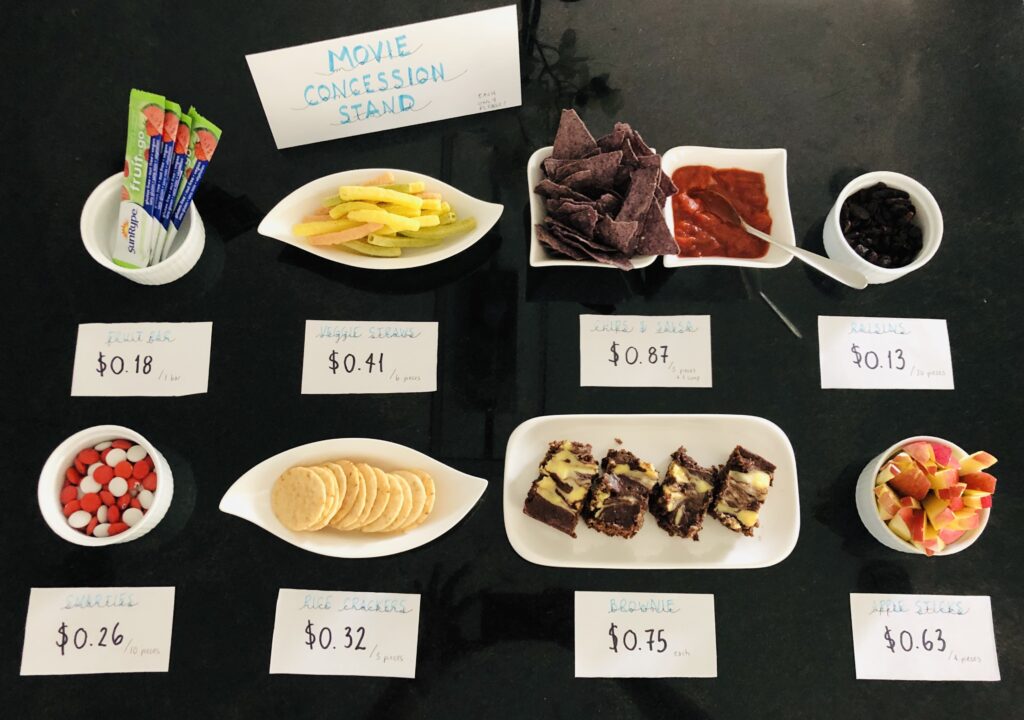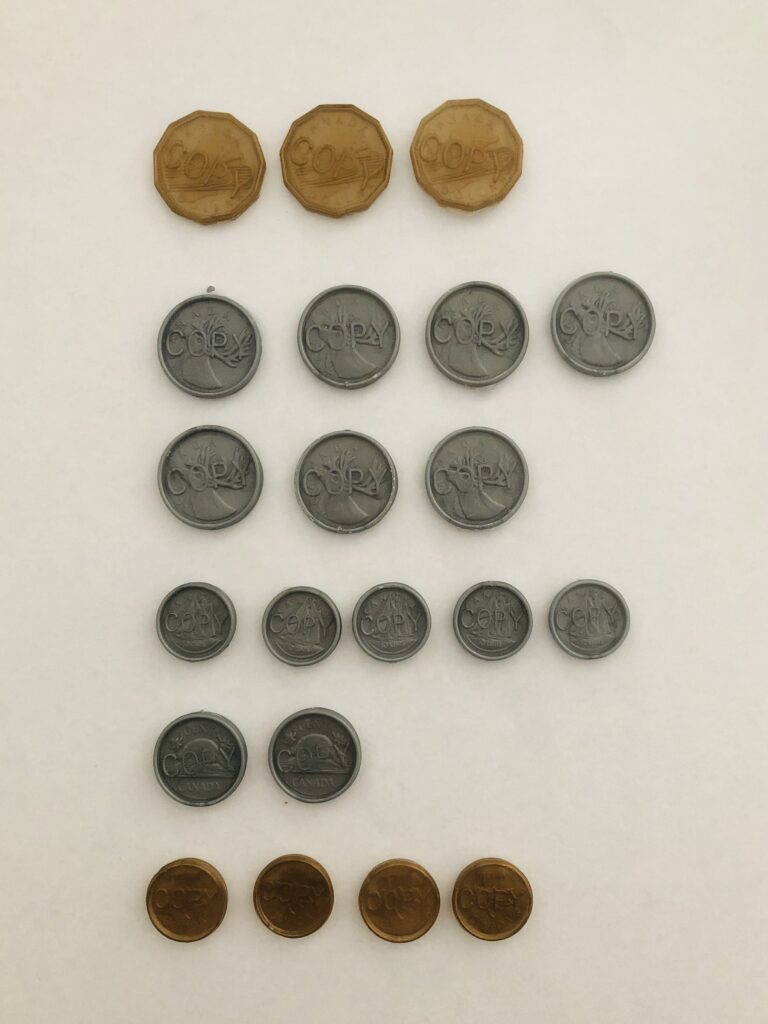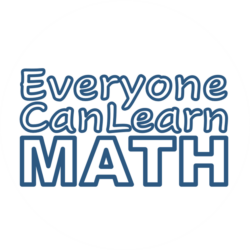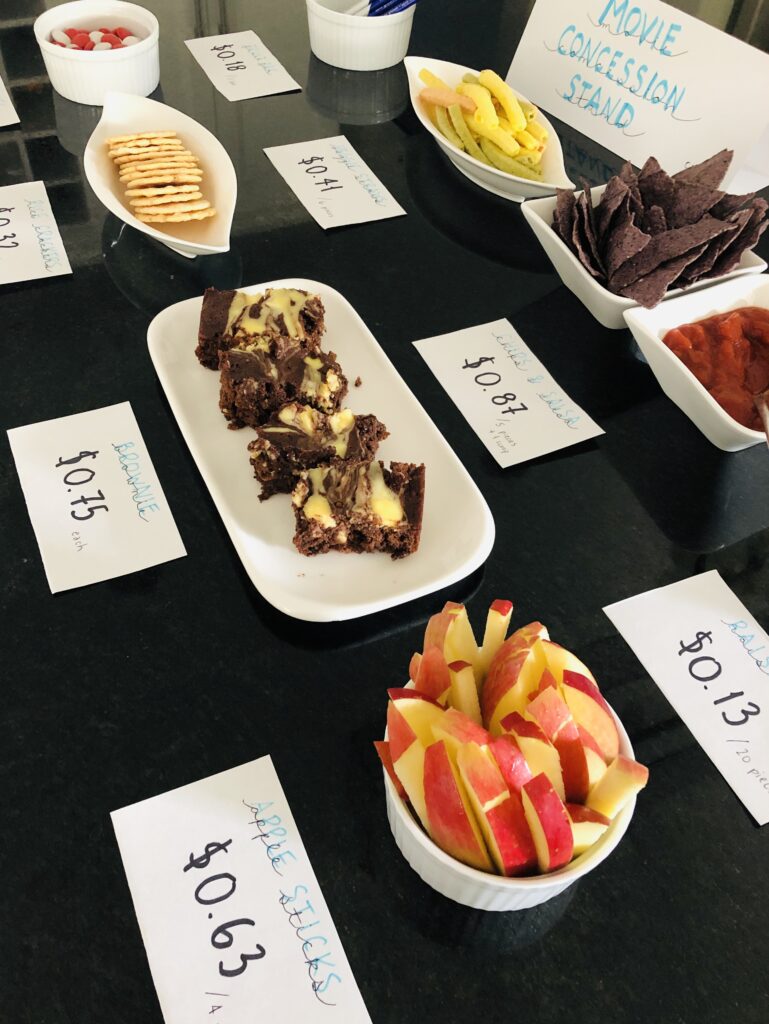Learning at home is still going strong over here. The kids get activities to do from their teachers and every morning we spend some time learning, either together or independently, depending on the activity on how our schedules look.
When the school activities can stretch into a fun family project, we definitely take advantage. Last week, the seven-year-old was learning about money – specifically adding and subtracting money amounts using coins. One of the activities had her earning money and then using it to purchase food at a concession stand for a movie night. All initial money amounts were under $1.00.

We started at the beginning of the week and made this chore chart together. These are chores she was already used to doing with some more advanced chores mixed in. Then, we got out the pretend money and cash register from their playroom so she could collect her own payout after completing a chore. She kept track of her total on a piece of paper and retrieved her “pay” after completing a chore. By the end of the week, she had over $5 to spend.
When Friday night rolled around, we set up a comfy setting in the living room for a family movie night. While the kids got piles of blankets and pillows ready, I worked on a “concession stand” in the kitchen, which ended up looking like more of a buffet, but we used our imaginations. I used a mix of healthy snacks and treats that I know the kids really like and priced them at varying amounts to make the adding more interesting.

The seven-year-old gathered up her money and used it to buy snacks for both her and her brother (how generous!). We talk about subtotals for when they wanted more than one of an item and then we talked about the final total. We talked about how to pay for the total using the coins she had collected during the week.
She did not have the exact amount, so we had to pay a little more and then get change back for the leftover amount.

I would say this activity required minimal planning on my part in exchange for several days worth of conversations and learning. The real-world connections to getting paid for work and then spending your money for entertainment lent themselves to endless math conversations that were not forced.
Depending on your child’s level, you can change the pay for each chore and the cost for each item. If this were for younger children, I might consider using round dollar amounts instead, or use increments of $0.05, for example. Always customize an activity to your child’s needs.
Try setting up something similar and let us know how it goes. I would love to hear your variations or suggestions for other real-world money activities!
Keep spreading the math love <3
![]()


